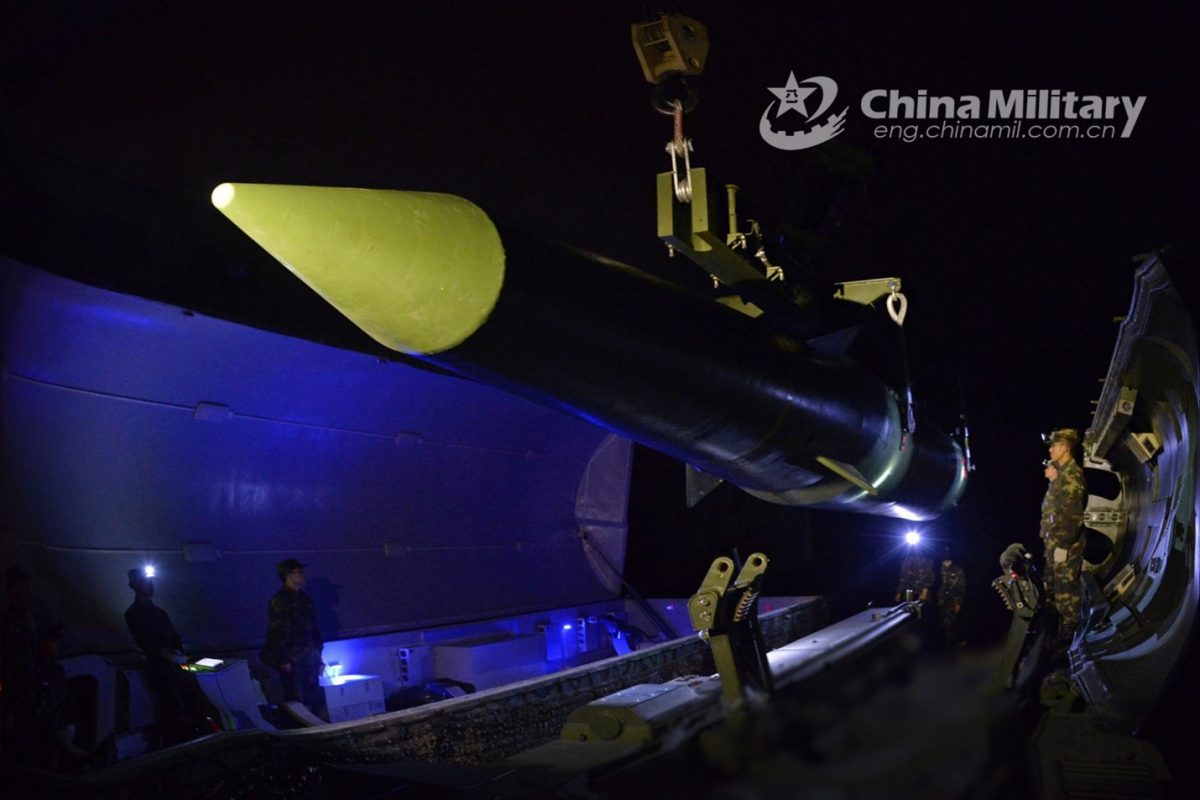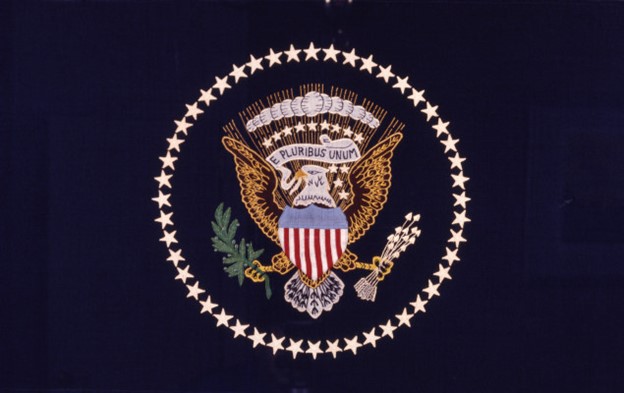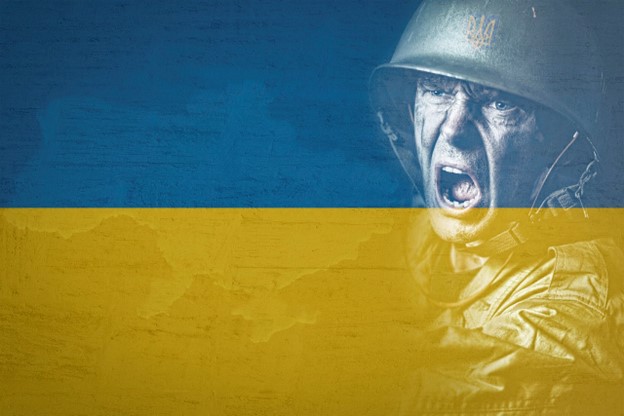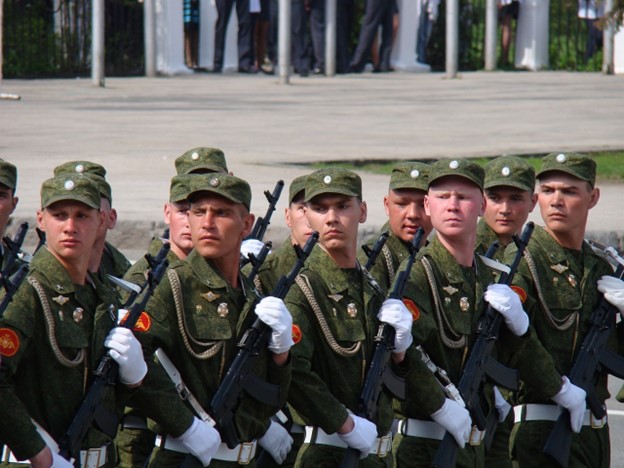In August of 2024, we discussed the US Supreme Court’s decision in Trump v. United States. We described the three tiered system enunciated by Chief Justice Roberts to determine whether or not the actions taken by the President of the United States are entitled to immunity from criminal prosecution or not.
The first tier are acts within the President’s constitutionally mandated authority which are subject to “absolute immunity.” The next are acts that may have “presumptive immunity,” and are subject to examination with evidence that rebuts the presumption of immunity. The third are acts which are unofficial, and which enjoy no immunity.
In September, we also discussed the effect this decision should have on the New York County criminal case currently pending against President-elect Trump before Judge Juan Merchan. We cited to a CNN report, which described the evidence used against Donald Trump at the trial of that matter: “Trump’s lawyers pointed to testimony at trial – including from White House officials Hope Hicks and Madeleine Westerhout – they argued should not have come before the jury…'[a]ll of Hicks’s testimony concerning events in 2018, when she was serving as the White House Communications Director, concerned official acts based on [Presidential] authority for which President Trump is entitled to absolute immunity,’ Trump’s attorneys argued. ‘[the Supreme Court’s ruling] specifically forbids prosecutors from offering ‘testimony’ from a President’s ‘advisers’ for the purpose of ‘probing the official act.’”
Sure enough, as Chief Justice Roberts stated in the Presidential Immunity decision, “[a]llowing prosecutors to ask or suggest that the jury probe official acts for which the President is immune would thus raise a unique risk that the jurors’ deliberations will be prejudiced by their views of the President’s policies and performance while in office. The prosaic tools on which the Government would have courts rely are an inadequate safeguard against the peculiar constitutional concerns implicated in the prosecution of a former President.”
At the time, we stated that “Judge Merchan allowed testimony regarding Donald Trump’s official acts as President, acts which enjoy absolute immunity and which cannot be used against him, or even be entered into evidence in a criminal trial, a situation which could have been avoided had Judge Merchan delayed the trial until he’d received the guidance of the US Supreme Court.” Nonetheless, we predicted that Judge Merchan “will find a way to justify his actions once again, and let stand the unlawful conviction of former President Donald Trump.”
You know how much we hate to say we were right…but…we were right.
“This Court…finds that the evidence related to the [President-elect’s] claims relate entirely to unofficial conduct and thus, receive no immunity protections,” Judge Merchan wrote in his December 16, 2024 decision. “Further, even if this Court were to deem all of the contested evidence…as official conduct falling within the outer perimeter of Defendant’s Presidential authority, it would still find that the People’s use of these acts as evidence of the decidedly personal acts of falsifying business records poses no danger of intrusion on the authority and function of the Executive Branch, a conclusion amply supported by non-motive-related evidence.” In so ruling, the Court denied Donald Trump’s motion to dismiss his New York County conviction.
Let us examine these findings, in light of the evidence admitted at the President-elect’s trial, and then compare that evidence to the acts granted absolute immunity by the US Supreme Court.
In his decision, Judge Merchan discusses the testimony of Hope Hicks, who served as the Communications Director for the Trump White House. “Defendant argues that in her roles at the White House, any communications between Ms. Hicks and Defendant must receive absolute immunity…as Defendant’s ability to speak freely to Ms. Hicks was a core function of the Executive. According to Defendant, because Ms. Hicks wielded executive power on his behalf, authority that exists pursuant to Article II of the Constitution, any communications [President Trump] had with [Hicks] are subject to absolute immunity,” the Court wrote.
Judge Merchan also noted that “[t]he People argue that the communications Defendant had with Ms. Hicks…constitute unofficial acts not entitled to any level of immunity.”
In his inevitable agreement with the arguments presented by Manhattan DA Alvin Bragg’s office, Judge Merchan wrote “Defendant’s argument that any communication he had with Ms. Hicks is subject to absolute immunity by virtue of the position she held in the White House is mistaken…the President himself may speak in his unofficial capacity as a candidate or party leader, and certainly he can do so in his private capacity as well. Any argument that private conduct transforms into official conduct by communicating about the same to an individual with a particular title is without merit.”
Thus, it is Judge Merchan’s position that the conversations Donald Trump had with his Communications Director are not entitled to immunity, even though those discussions were held at the White House, while Donald Trump was serving as President of the United States, merely because those discussions were not related to official Executive Branch activities.
Sounds possibly reasonable – until you examine the Presidential Immunity decision more closely.
In September, we wrote that “the statement made by Chief Justice Roberts in his majority opinion in the Presidential Immunity case [is significant]; ‘Presidents cannot be indicted based on conduct for which they are immune from prosecution…[t]estimony or private records of the President or his advisers probing such conduct may not be admitted as evidence at trial.’”
This statement by Chief Justice Roberts points to a blanket immunity for ANY discussions had between the President and his advisors, regardless of the nature of those communications.
Further, we noted that the Supreme Court issued the following warning: “[t]he government…contends that a jury could ‘consider’ evidence concerning the President’s official acts ‘for limited and specified purposes,’ and that such evidence would ‘be admissible.’” In rejecting that argument, Chief Justice Roberts states “[t]hat proposal threatens to eviscerate the immunity we have recognized. It would permit a prosecutor to do indirectly what he cannot do directly – invite the jury to examine acts for which a President is immune from prosecution to nonetheless prove his liability on any charge.”
Chief Justice Roberts went on to discuss the basis for his ruling: “If official conduct for which the President is immune may be scrutinized to help secure his conviction, even on charges that purport to be based only on his unofficial conduct, the ‘intended effect’ of immunity would be defeated…[t]he President’s immune conduct would be subject to examination by a jury on the basis of generally applicable criminal laws. Use of evidence about such conduct, even when an indictment alleges only unofficial conduct, would thereby heighten the prospect that the President’s official decision making will be distorted.” (Emphasis added.)
The heart of the question is whether or not the President’s conversations with his Communications Director, or any other member of his staff, constitute official acts, even if those discussions are about issues not directly related to their work at the White House. Judge Merchan believes those communications can be used as evidence and are not subject to immunity.
But this ruling ignores the basis for Chief Justice Roberts ruling in Trump v. United States, as described above. According to his decision, ALL conversations between the President and his staff are entitled to immunity, regardless of the topic of discussion. The purpose of this blanket immunity is to prevent “the prospect that the President’s official decision making will be distorted” by the concern that the “[u]se of evidence about such conduct” would be made available, “even when an indictment alleges only unofficial conduct” – which is exactly what happened in the New York County criminal case.
Readers of the Presidential Immunity decision may recall Justice Sonia Sotomayor’s unhinged dissent, in which she warned that “under the majority’s reasoning, [the President] now will be insulated from criminal prosecution. Orders the Navy’s Seal Team 6 to assassinate a political rival? Immune. Organizes a military coup to hold onto power? Immune. Takes a bribe in exchange for a pardon? Immune. Immune, immune, immune.”
As we stated in August in answer to Justice Sotomayor’s concerns, “If the President of the United States sends Seal Team 6 to assassinate a political rival, under a Tier Two analysis, perhaps the President might be entitled to a presumption of immunity, but such a presumption would be quickly rebutted by the facts. Meanwhile, if a President merely discusses sending Seal Team 6 to commit such a heinous act of political violence, that conversation would be immune from prosecution under Tier One. The idea of a President discussing the use of military forces in such a way is clearly disagreeable to most reasonable minds. But discussion and debate of all options is a necessary element of any executive’s exercise of power.” (Emphasis added.)
Thus, Judge Merchan has ignored the structure erected by the Supreme Court in support of his own efforts to “get Trump.” Rather than acknowledge that the President’s discussions with his staff are entitled to Tier One absolute immunity, whatever those discussions may be, Judge Merchan has treated those discussions as Tier Three private and unofficial acts, entitled to no immunity whatsoever.
Now that Merchan has denied the President-elect’s motion to dismiss his case, what’s next? If Alvin Bragg has his way, nothing – at least, no action on the case for the next four years. As reported by CBS News, “[l]awyers for Manhattan District Attorney Alvin Bragg wrote in a letter to Justice Juan Merchan that he should consider not sentencing Trump…until after he completes his second term in office. That would be the year 2029… ‘Consideration must be given to various non-dismissal options that may address any concerns raised by the pendency of a post-trial criminal proceeding during the presidency, such as deferral of all remaining criminal proceedings until after the end of defendant’s upcoming presidential term,’ the filing said.”
Of course, the incoming President’s staff attacked any such decision roundly. According to Fox News, Trump spokesman Steven Chueng said “This lawless case should have never been brought, and the Constitution demands that it be immediately dismissed, as President Trump must be allowed to continue the Presidential Transition process, and execute the vital duties of the presidency, unobstructed by the remains of this, or any other, Witch Hunt. The sooner these cases end, the sooner our country can unite behind President Trump for the betterment of all Americans.”
Indeed. The advantages to his opponents of having a criminal conviction pending sentencing hanging over the head of the President of the United States are obvious. Just as obvious is the advantage to those same opponents of having Donald Trump unable to appeal his unjust and illegal conviction, since a defendant must be sentenced before he may proceed with an appeal.
But there is no reason why the President-Elect cannot appeal the denial of his motion to dismiss, and perhaps get a proper determination of the application of the Presidential immunity decision to this illegal conviction from an appellate court.
Certainly, it should be obvious to even Judge Merchan and Alvin Bragg that their lawfare against Donald Trump has failed, and that to postpone the inevitable dismissal of this case is not in the best interests of the United States. That is, such a result would be obvious to any fair minded person.
Judge John Wilson (ret.) served on the bench in NYC









